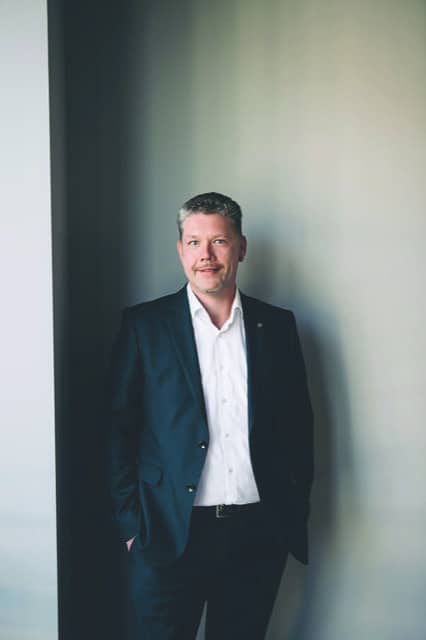
How can pharma be a better partner to the medical community to support improvements in CV health?
Over many years, but definitely during the COVID-19 pandemic of the last two years, we’ve had to find alternative ways to reach and engage the medical community. From these experiences we’ve learnt invaluable lessons in becoming a better partner to them: first and foremost, healthcare professionals (HCPs) require meaningful interactions based on our deep understanding of their needs to help patients. Through collaboration, co-creation and ensuring transparency, we can identify new ways to deliver value and solutions – even ways that could go ‘beyond the pill’ to help provide integrated care and aligned aspirations.
We know that a ‘one-size-fits-all’ approach simply doesn’t work anymore. As an industry, we must acknowledge the needs of healthcare professionals as individuals in terms of the information they require, how they receive it and even when. By reshaping and personalising our engagement model and leveraging the latest data and advanced analytics, we can create bespoke content that truly supports doctors in their work and, at the same time, evolve as an organisation that is equipped to best support the future of CV care.
What is your key focus for the role of industry in shaping this future?
There have been continuous and marked reductions in premature death from cardiovascular disease (CVD) in recent decades, however this has led to a false optimism that it is no longer a public health priority. We mustn’t get complacent. By strengthening our efforts in identifying areas of unmet need, harnessing technology and new opportunities for collaboration, we can continue innovating, finding solutions and supporting medical professionals. I’m a firm believer that to open new doors, you have to explore different approaches. The world is changing and we must change with it. We need to ensure we shift our mindset to keep learning, keep unlocking doors and finding new ways of working. As an industry, by collaborating and evolving together with the medical community, we can continue to meaningfully contribute to the quality of life for patients and their loved ones around the world.
What are key challenges for addressing the needs of CV care in the wake of the pandemic?
The main challenge we face in the coming years is the increased volume of patients the medical community will potentially have to treat. CVD did not diminish during the pandemic. For many reasons, including fear of infection, people stopped seeking medical advice, which means that CV events went undiagnosed and untreated for a significant time. The impact of this disruption has been clearly demonstrated in recent research we commissioned with Economist Impact.
The lens now needs to refocus on prevention, symptom detection and identification of risk factors, with the aim of reducing the impact of CVD on families, communities and society. However, there is an important balance to strike to ensure we are maintaining this momentum in making advancements in care, while also being mindful of the high volumes of patients coming through doctors’ doors. It’s vital that we focus on how we can ease this burden for HCPs and support them wherever possible.
What are your priorities as you step into your new role at Daiichi Sankyo in Europe?
My initial priority is to emphasise the importance of listening. This means truly hearing and understanding the needs of the medical community, and developing new ways of supporting them in the best ways we can. As an industry, our role is to be a steadfast partner to help contribute to the accessibility of medicines and advancement of approaches to care; however, I believe this can only be achieved through embracing a truly holistic perspective.
This means being open to trying new ways of working and progressing, while always taking key learnings from the journey – something that is of particular importance following the seismic changes to patient-doctor and doctor- industry interactions over recent years. Of course, such progress is only possible through the work of empowered employees, living a culture of customer focus and a test-and-learn mindset that can help incite real change.
Why is CVD an area of passion for you?
CVD is an area with an immense potential to improve a vast number of lives, which makes it a hugely fulfilling field to work in. Through our ongoing collaboration with medical and scientific communities, we see a real sense of dedication and drive to seek solutions to the complex challenges we face to continue improving CV health. And as an industry, by listening to these communities’ needs, partnering with them and supporting them, we can help drive this progress forward.
Yes, we’ve seen great developments in CV care over recent decades. But at some point in our lives – either directly or via a family member or friend – most of us will still encounter CVD. That is how extensive its reach is and yet, we know that premature death from CVD is largely preventable. This is what gets me up in the morning – working to help prevent CVD in Europe and to make a meaningful difference in people’s lives.
This article is sponsored by Daiichi Sankyo Europe and has been reviewed to ensure compliance with the ABPI code of practice.
Date of preparation: July 2022
DSC/22/0059
Oliver Appelhans is Senior Vice President of Commercial Operations and Affiliate & Partner Management at Daiichi Sankyo Europe





